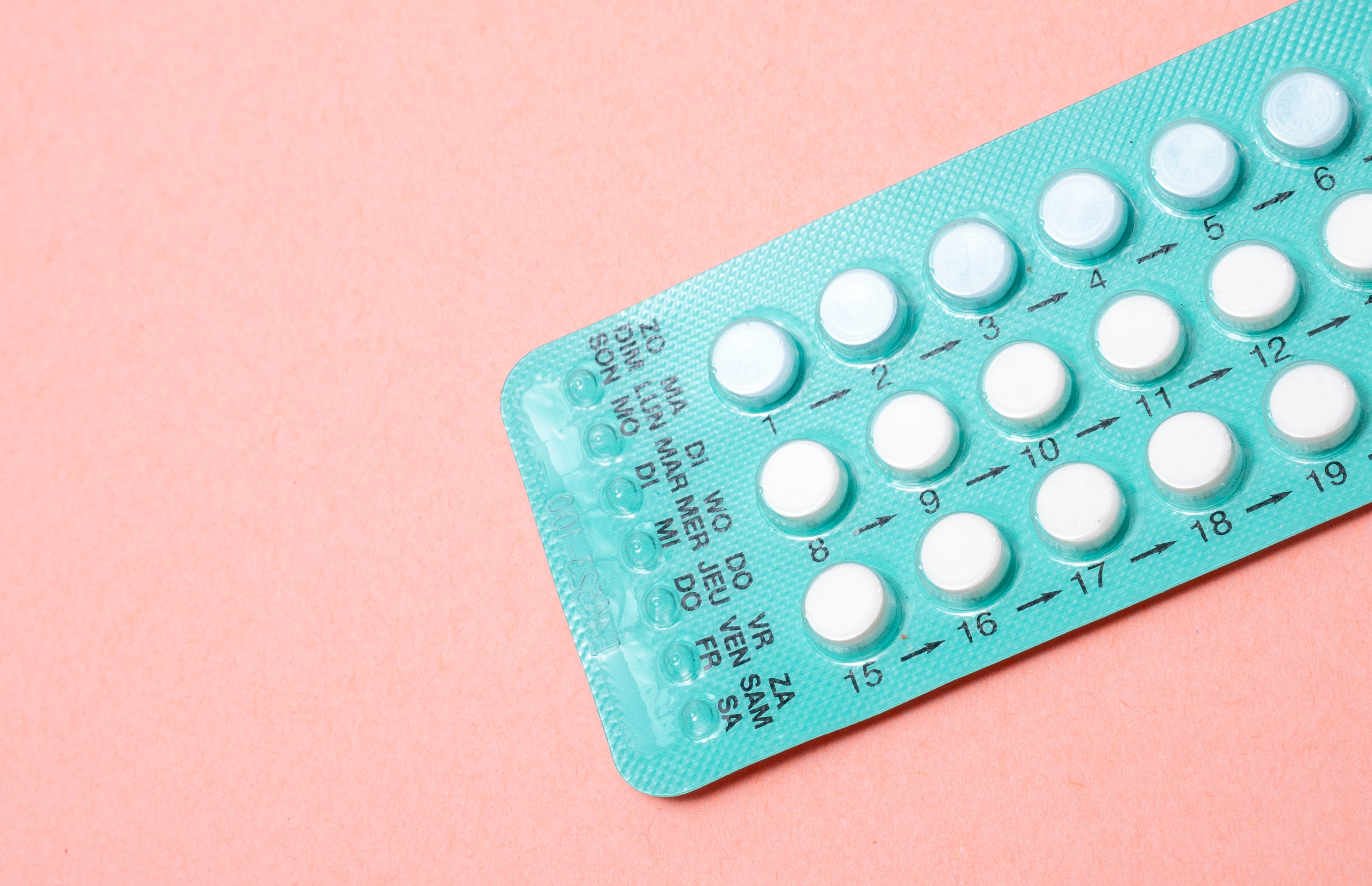Contraception and family planning I: Natural and barrier methods

Natural methods of family planning refers to a variety of methods used to prevent or plan pregnancy based on identifying a woman’s fertile days. For all natural methods, abstinence or avoiding unprotected intercourse during the fertile days is what prevents pregnancy. It is estimated it may only be around 75% effective because of mistakes in the methods that are used.
Natural family planning involves using your body’s signs and symptoms to assess if you are currently fertile. Three different methods you can use in combination to detect your fertile period are calendar rhythm method, basal body temperature method and cervical mucus inspection method.
Natural methods has the benefits of having no side-effects and cheaper but do not protect against STD. During the fertile period, the couple must avoid contraception and this can be difficult. Women who practice natural methods need to keep a daily record of her own fertility signs and this may take time and commitment. This method is not suitable for women with irregular cycle.
Withdrawal method or coitus interruptus unlike other natural methods in that it is male-controlled. Effectiveness depends largely on the man’s ability to withdraw prior to ejaculation. It works only about 78% of the time. The male partner must properly time withdrawal and ensure to ejaculate away from the woman’s genital.
Lactational amenorrhea method (LAM) is a contraceptive method based on breastfeeding. It is more than 98% effective during the first 6 months following delivery. To use LAM correctly, a woman must remain with no menses since delivery, fully or nearly fully breastfeed and be within six months of delivery. When any of these criteria changes, the woman should immediately begin to use another form of contraception if she wishes to prevent another pregnancy.
Barrier methods is a birth control that prevent pregnancy by blocking sperm from reaching the egg. For example are male condom, female condom, diaphragm, cervical cap use with spermicides.
Male condom is a thin tubes made from latex. It has effectiveness rate of 88% if used correctly. It needs to be put on the penis before any genital contact. Preferably use the condom with lubricant such as KY jelly or spermicides and avoid using oil- based lubricant which may cause chemical damage. Condom may decrease sensitivities and may deter some men from using it. Condom may also slips or rupture and even very small leaks of semen may cause a pregnancy. Its not suitable for use for anyone with latex allergy. Latex and spermicide can potentially cause local skin irritation.
Female condom is a soft, loose-fitting pouch with a ring on each end made from latex. One ring is inserted into the vagina to hold the female condom in place. It has effectiveness rate of 80% and offer protection against STD infection. It is less likely than male condom to rupture and not damaged by any common chemicals. However, it can be prominence during foreplay, rather noisy with potential for penis to wrongly penetrate the between between the condom and vaginal wall.
Diaphragm or cap is a circular dome made of thin, soft silicone that is inserted into the vagina before sex. It works by covering the cervix to prevent sperm from reaching the uterus. Its usually used with spermicide and has effectiveness rate of 80% when used correctly and does not offer protection against STD infection. It needs to be left in place for at least 6 hours after sex.
If you would have further questions about contraception and family planning, talk to our doctor for more information.



